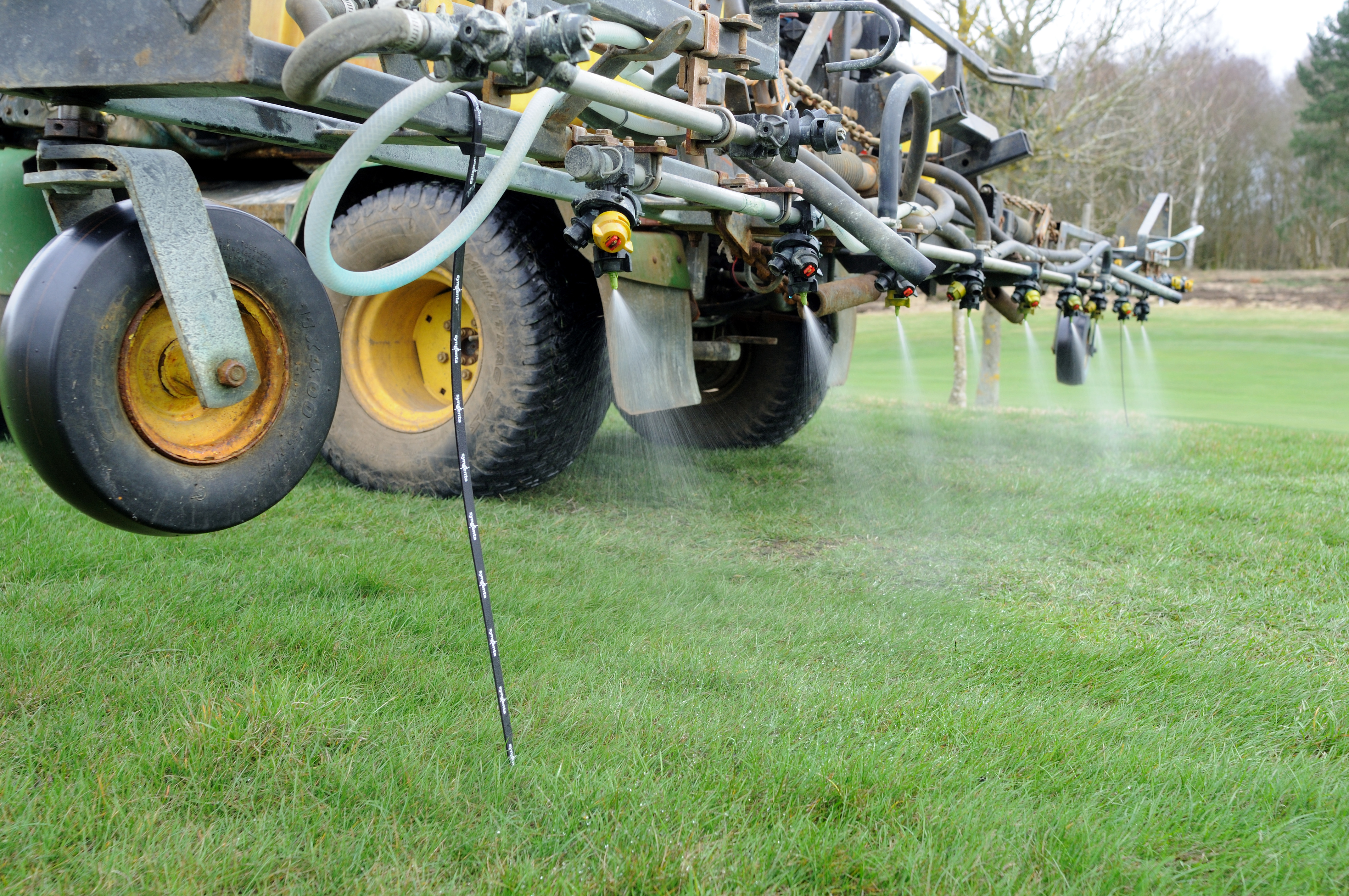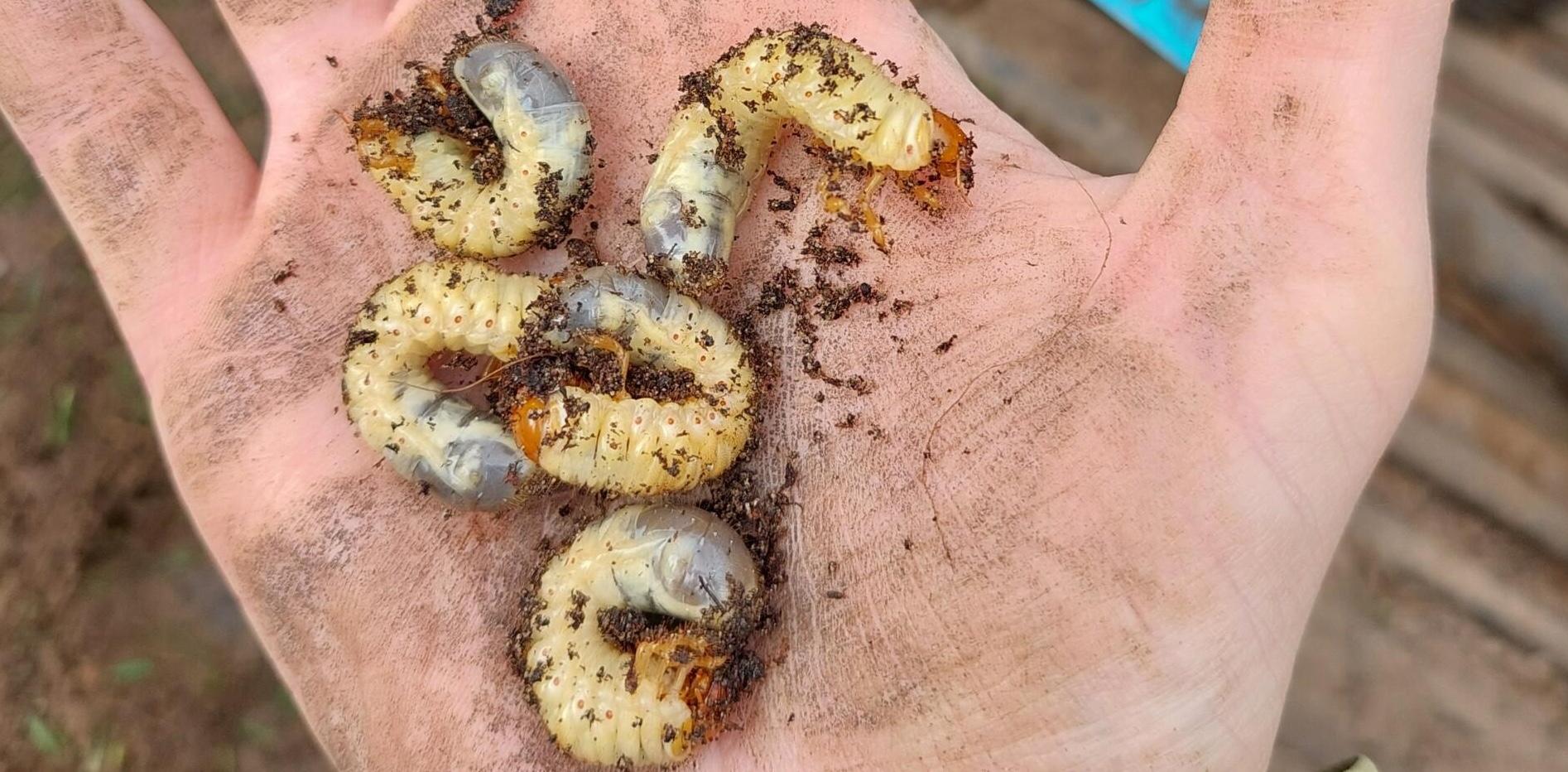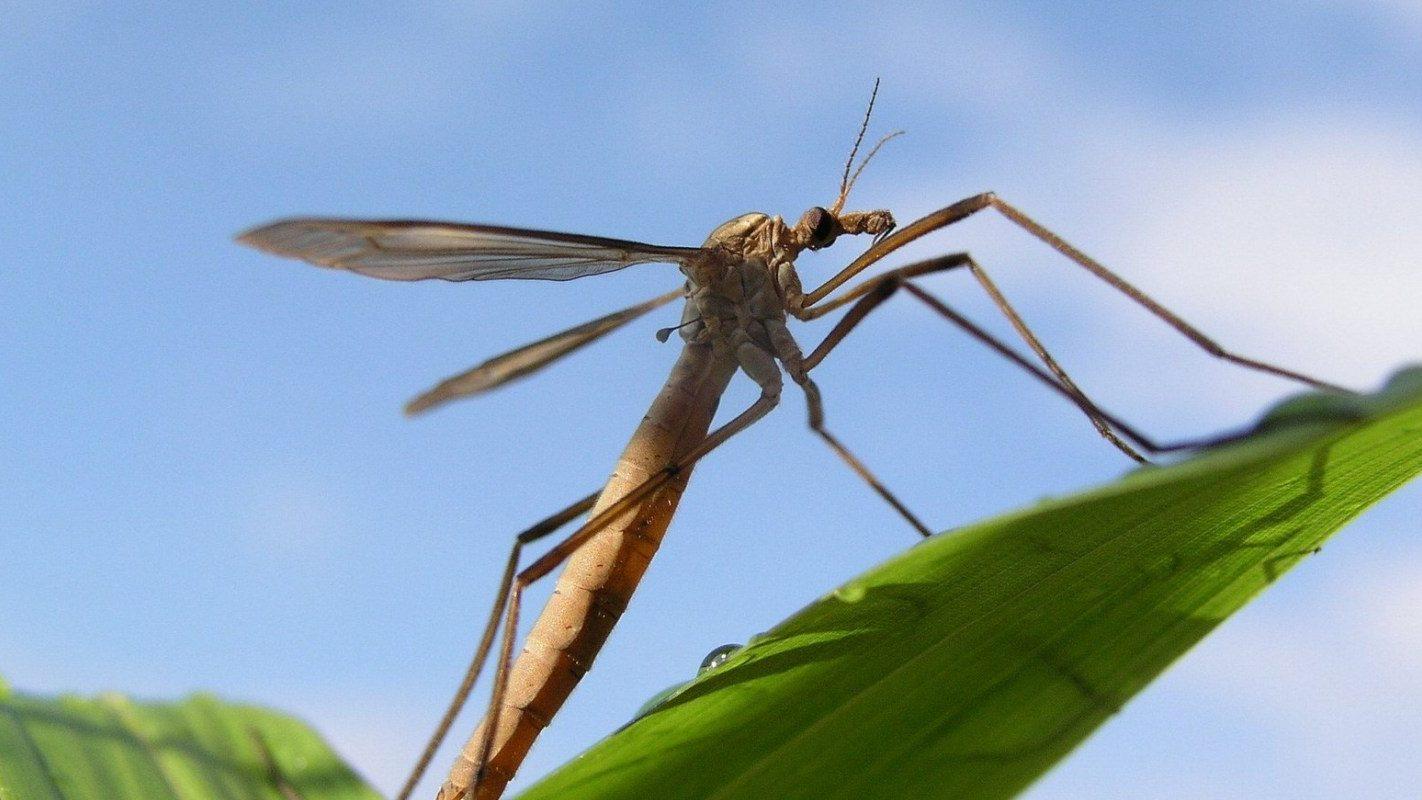We know Preventative is better, we know NO-ONE wants to go earlier than they need to - what can we do to get closer to optimum application?

We do a lot of trial work with our fungicides and in trials when fungicide is applied Preventatively it always returns better results that it will if applied Curatively.
We have a responsibility to communicate best practice and the fact remains if you apply a fungicide in that optimum preventative window you will get better control than waiting a bit longer into the disease cycle.
The challenge with this is that:
- NO-One knows when that optimum window is
- NO-ONE wants to apply more fungicides than they need to
- NO-ONE wants to believe that disease season is on us already
- NO-ONE wants to waste an application of fungicide
- We're all wired to believe things will be better tomorrow
All of these factors tend to contribute to hesitancy and less than optimum results from your fungicide application.
If we're all hesitating about applying things earlier than we need to but we recognise the value of going earlier what can we do to help us pull the trigger at the optimum moment?
Here's my top tips on when to pull the trigger on that Fungicide application.
Check historic records to see when you have previously started
You should have a pretty accurate record of when you've applied a fungicide historically, I always find it useful to go over these and use them to think about my application timings for this season.
When did I start, how long did I leave before the next app and what did the weather do?
Look at the Greencast tools to look at historic disease pressure
On the Greencast website you'll find the historic disease pressure for your site. Take a look and that will give you an indication of when challenges start in your area.
Remember, models are only based on simple weather data, not your sites microclimates, turf conditions and turf species. Take this into account when looking at the disease models.
Indicator greens
Every site has an area that tends to get hit first. For me it was the lower side of the putting green,
- Sand construction - (leaner and weaker than the rest)
- Lower side - so the wettest
- Lots of wear, it was a putting green right next to the club house
- No air flow - Proshop on one side, steep banks on two sides and a clubhouse on the other
- Awkwardly set next to the patio so to avoid over spray onto the patio it rarely got a full rate of anything
The perfect storm. If I was going to see disease that was where it would start. That was enough to give me a clue that other areas were close.
Whilst it wasn't a Preventative application for that area - it was for the rest of the course.
The bag method

Now roll that concept forward a little - if you want to you can take a core from that spot, create some humidity pressure (put it in a bag) and see what happens. If you see nothing you can wait a little longer. If you look in the bag the next day and its covered in Mycelium then you're pretty close.

The GDD method
When the daily GDD figures float around 6 that means the daily temperatures are sitting between 8/9 - 14/15 degrees which is ideal for the disease to start developing. It also occurs in the Autumn when growth is reducing.
Once it's floated around 6 GDD it rarely goes back up for any sustained period.
if you're seeing GDD float around 6 then it that disease is probably init's early stages of development.
Conclusion
Try not to wait until it's visible but if you do, don't wait for it to get on top of you – start early. Preventative applications of fungicide are more effective and consistently lead to using less fungicides than curative programmes.
However an application made today may not be as good as one made yesterday but it's better than waiting until tomorrow.




